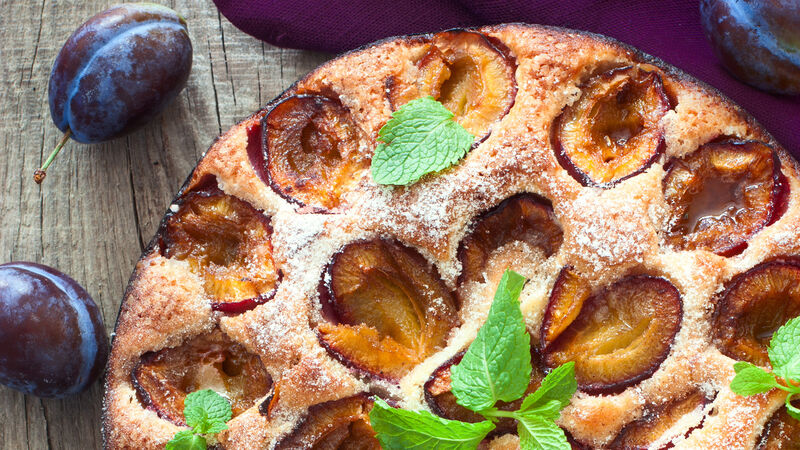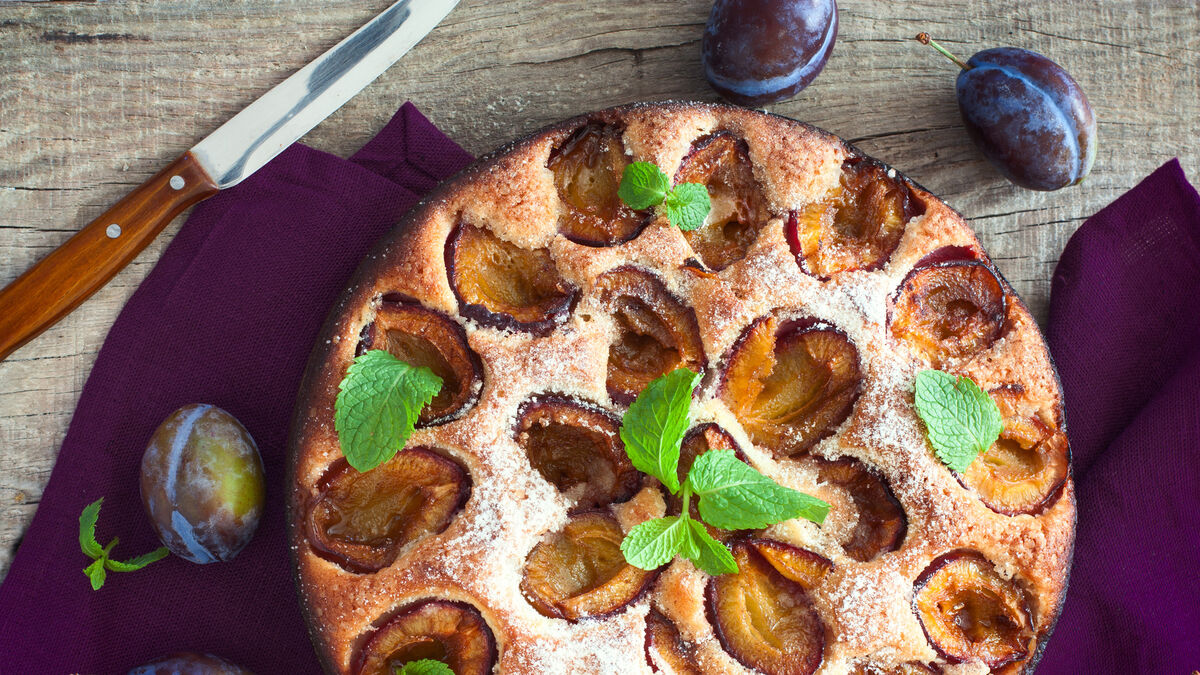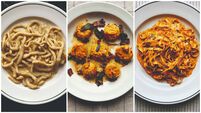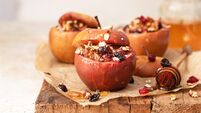Michelle Darmody: How to bake the perfect plum cake and the mistakes to avoid

Plum cake will help use up a bounty of fruit
As plums and damsons are turning dusky on the branches it is time to start planning a few bakes with the upcoming bounty.
Plum cake
This cake is nicely made with any stone fruit

Servings
12Preparation Time
25 minsCooking Time
45 minsTotal Time
1 hours 10 minsCourse
BakingIngredients
200g soft butter
190g golden caster sugar
4 eggs
1 tsp vanilla
150g spelt flour
2 tsp baking powder, sieved
100g ground almonds
500g sliced plums
1.5 tsp light demerara sugar
Method
Link a 9-inch round cake tin with parchment. Preheat your oven to 180ºC/gas mark 4.
Beat the butter and sugar well, until the mixture is pale and fluffy.
Lightly beat the eggs with the vanilla and slowly beat this into the sugar mixture, to combine well.
Mix the flour, sieved baking powder and ground almonds together. Use a wooden spoon or spatula and combine with the previous mixture to make a smooth batter.
Scoop the batter into the prepared tin. Scatter the plum slices on top and sprinkle the demerara sugar over the cake.
Place the tin into the centre of your oven. Bake for about 45 minutes until golden on top and a skewer comes out clean.
Allow to cool in the tin for a half an hour than sit the cake onto a wire rack to cool completely.
If the cake does not rise well, it is more than likely because the rising agent, in this case baking powder, has not been evenly distributed throughout the batter. Sieving the baking powder will help it combine evenly with the other dry ingredients.
A sunken cake is usually the result of either too much raising agent or overmixing of the batter. Both of these cause a very quick rise at the beginning, this is unsustainable, and then the cake collapses towards the end of the baking time.
Another reason it may collapse is if you’ve opened the oven door as it bakes or set an incorrect oven temperature. Always preheat your oven; it should be at the stated temperature before you put the cake into it. Ovens can vary greatly. If your cake does not work out perfectly the first time do not get disheartened. You can adjust your oven slightly the next time you bake the cake, or you can invest in an oven thermometer.
Some ovens have hot spots so you may need to alternate the position of the cake tin depending on your own oven. As a rule, the centre of the oven is best as it allows air to freely move about the tin, creating an even bake.
The butter should be at room temperature but not so soft that it is beginning to melt, as melted butter will alter the texture of the cake making it less crumbly. Using room temperature rather than cold butter allows the fats in the butter to combine well with the sugar, resulting in a smoother batter.
Make sure the eggs are at room temperature, as well as the butter. Room temperature eggs combine easier.
It is best to start your mixer on a low speed to begin. Once the ingredients are combined you can then turn up the speed and beat the sugar and butter for the required time.
It is best to use a spatula to make sure all the butter mixture is combined with the egg and flour and other dry ingredients. Really scrape the sides and base of the bowl with the spatula a few times as you mix in the eggs and flour.
Use 500g of stoned sliced peaches in place of the plums. Serve the cake warm with a swirl of Chantilly cream. For 200mls of cream add 1 tbsp of honey and 1 tsp of vanilla. Whip the cream to soft peaks and serve alongside the cake. The cream will keep in the fridge for an hour or so if you want to prepare it ahead of time.
For this version substitute the plums for 450g of stoned apricots. I like to quarter them. In place of the vanilla in the cake add 1 tablespoon of orange blossom water.
Soak 350g of prunes in 150mls of Amaretto, overnight to ensure all liquid is absorbed. Serve with toasted, slivered almonds.





